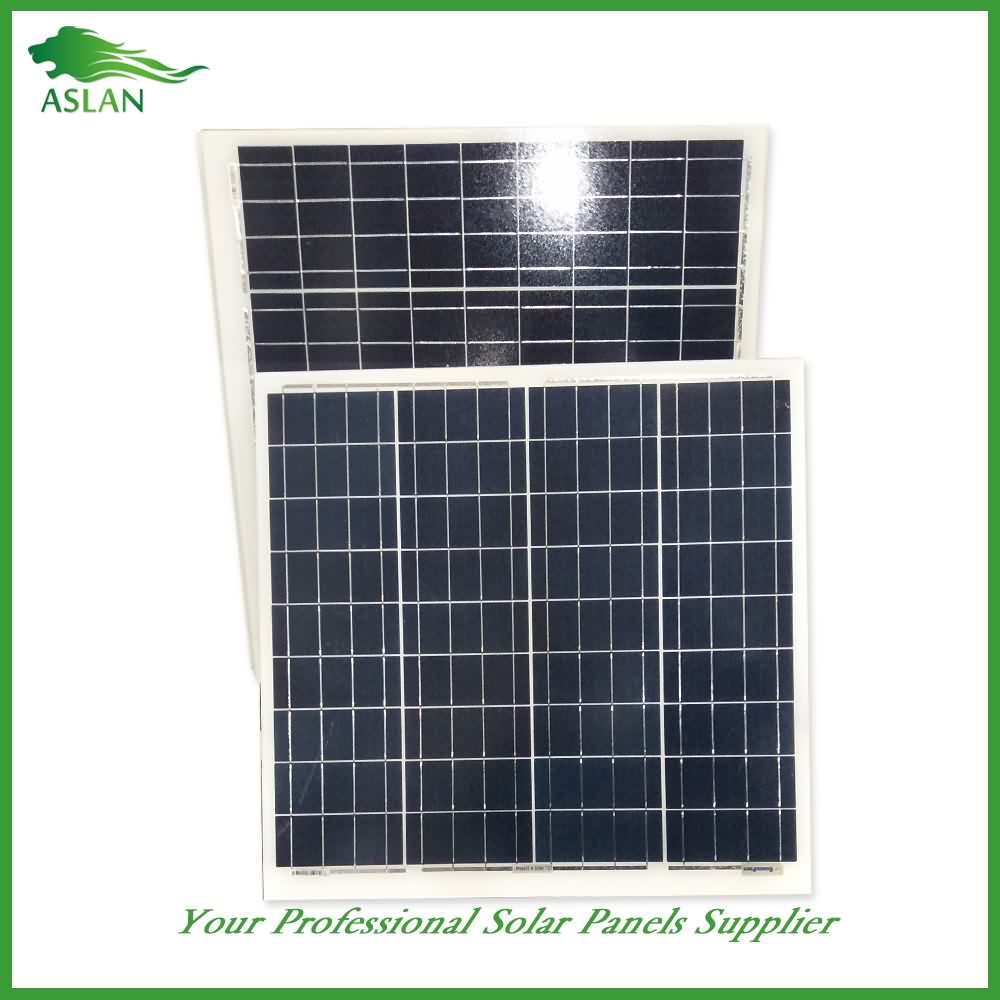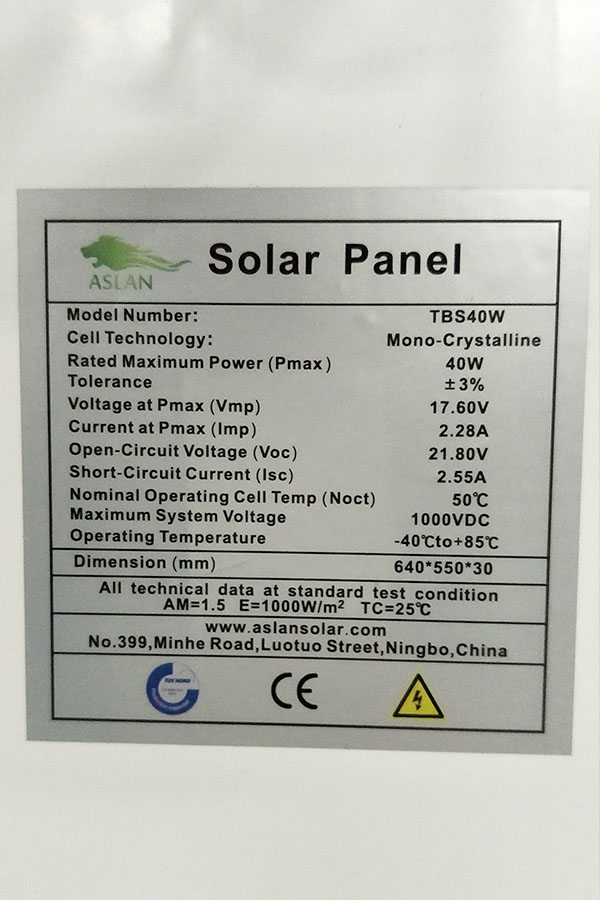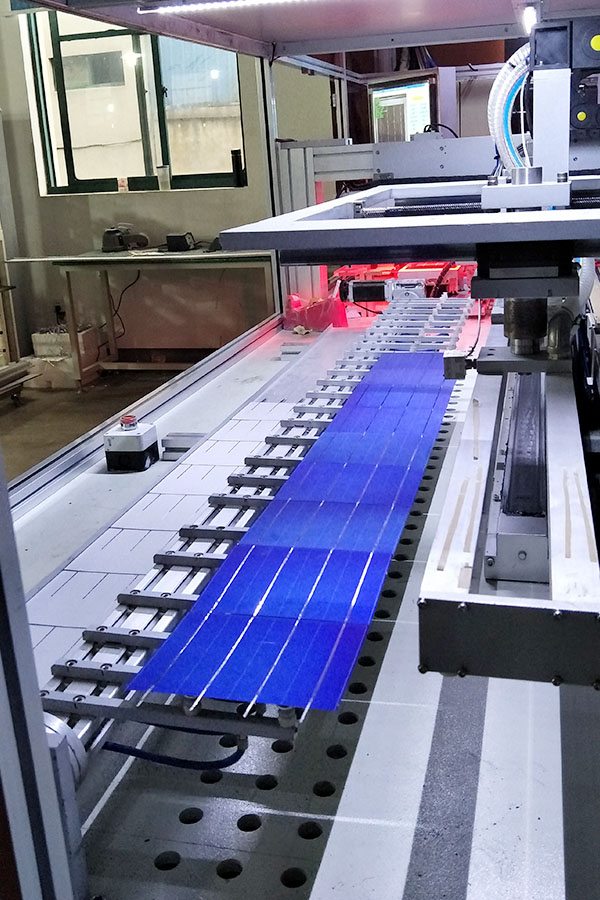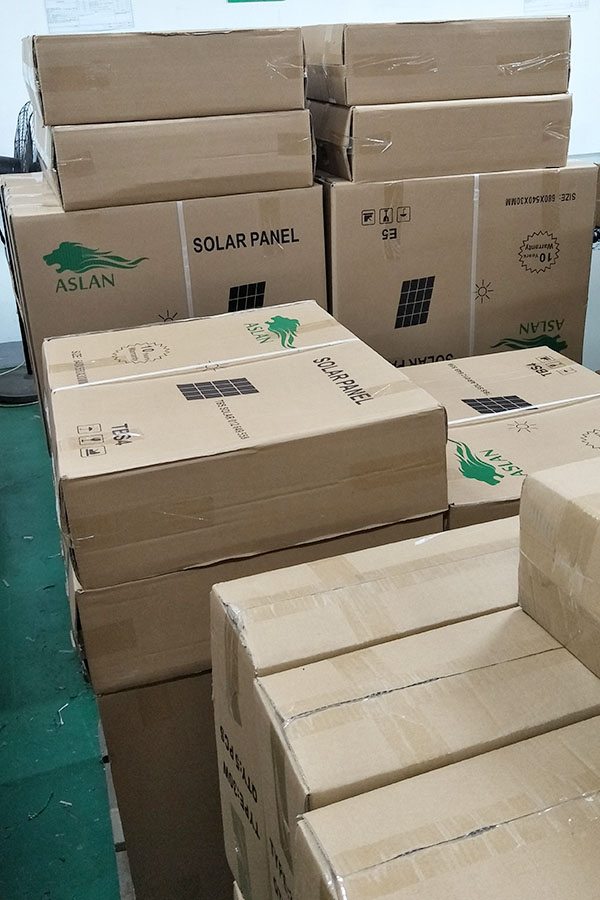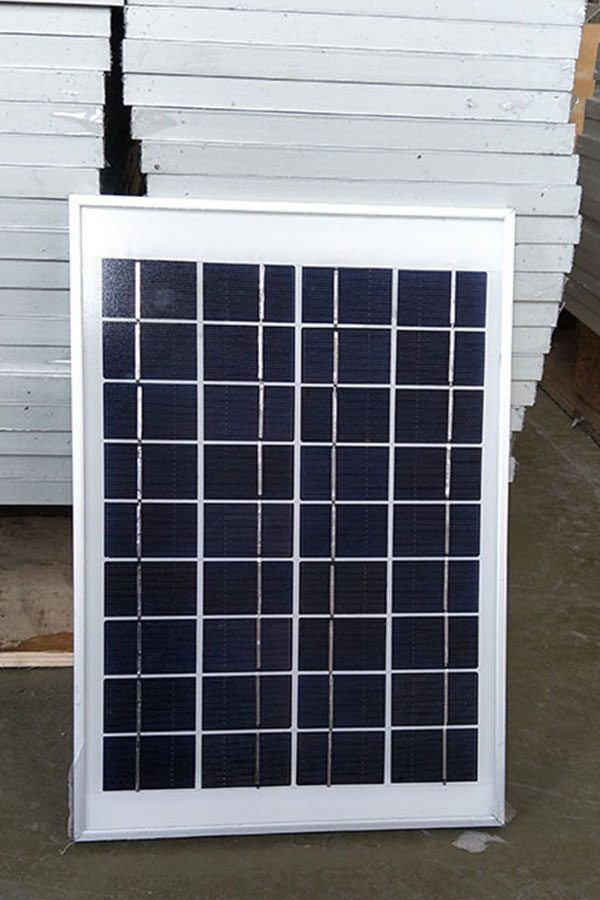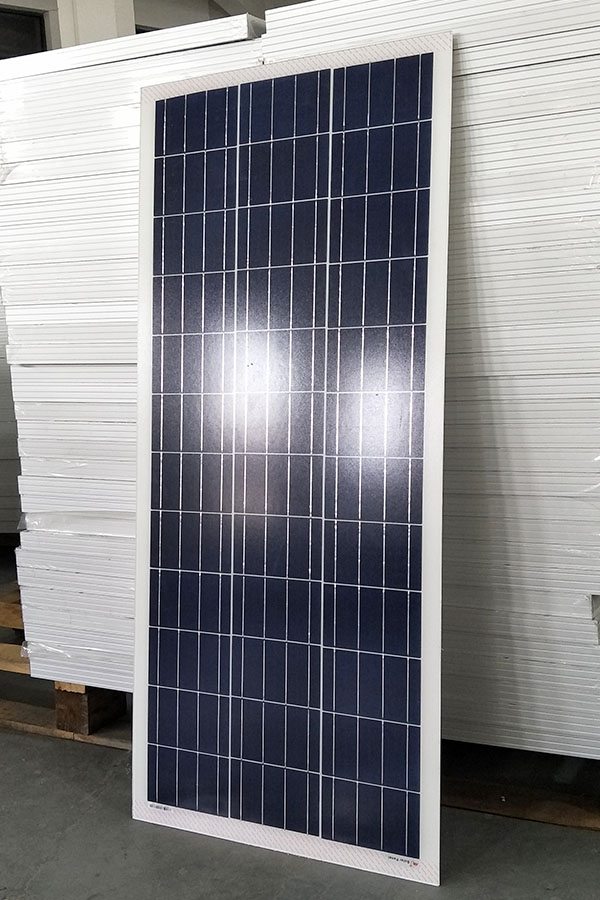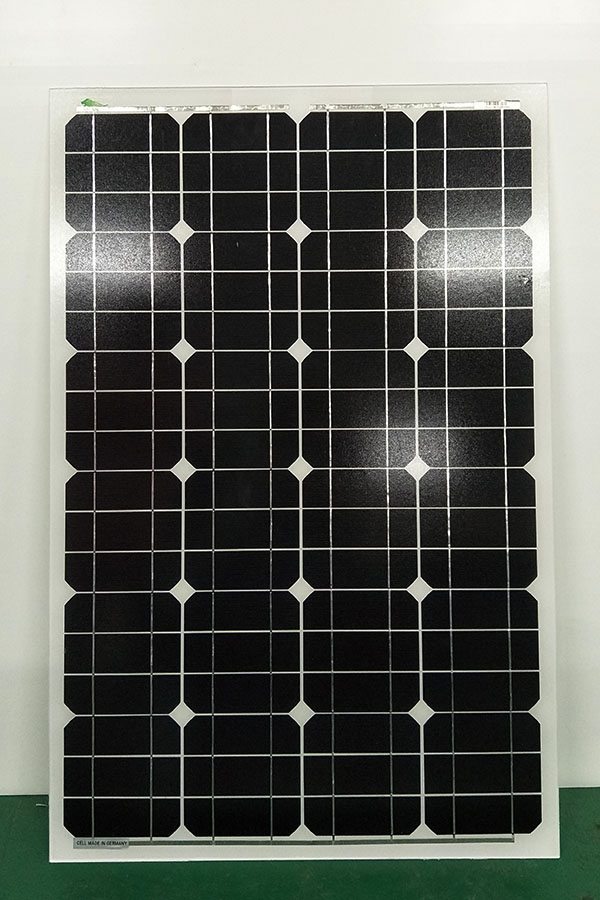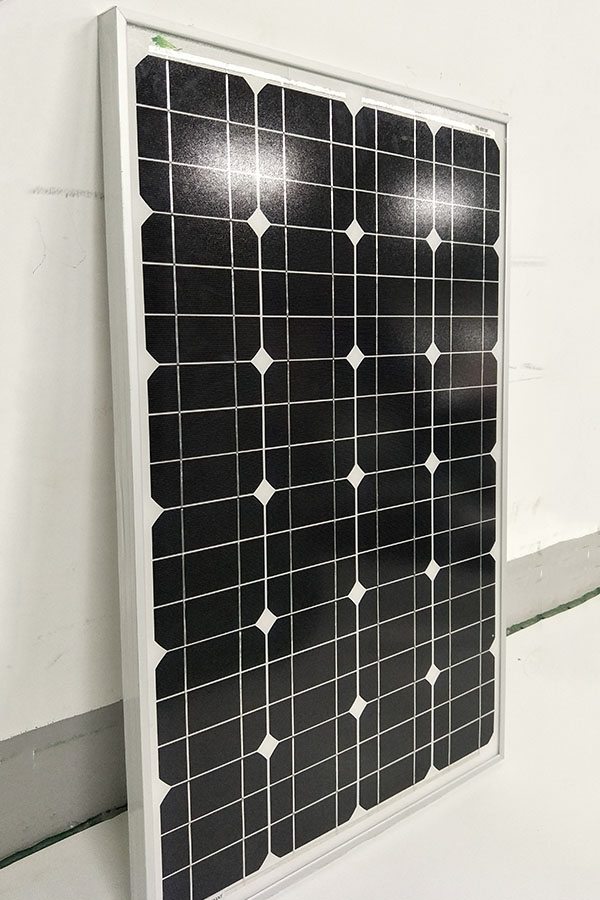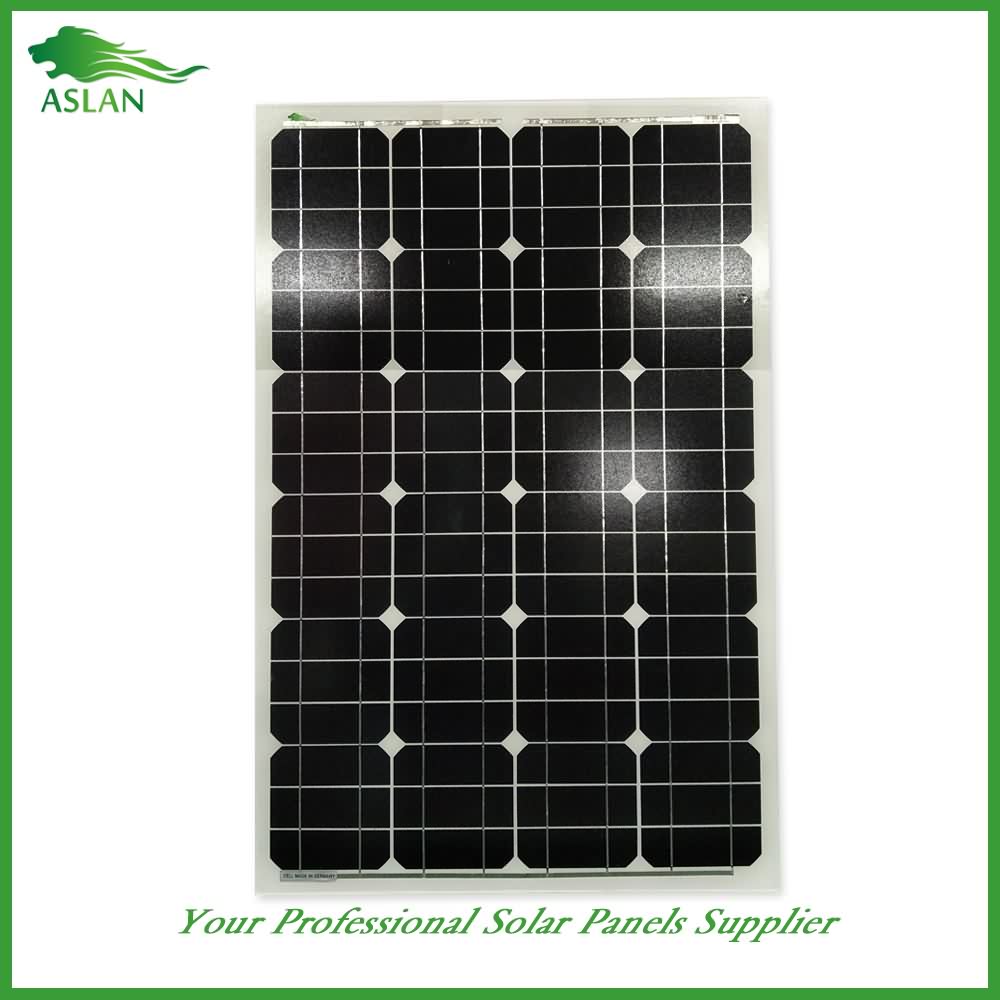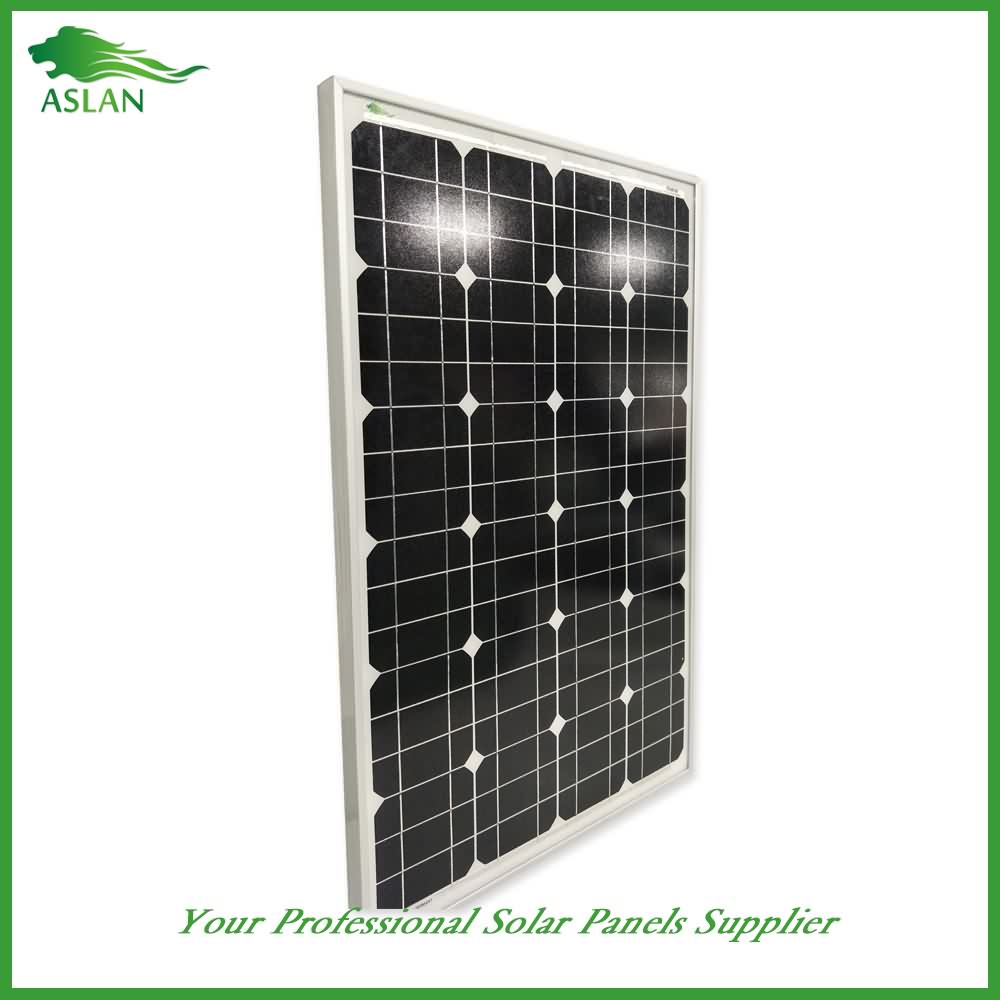2016 Good Quality Poly-crystalline Solar Panel 50W Factory for Paraguay
Short Description:
We are convinced that with joint efforts, the business between us will bring us mutual benefits. We can assure you product quality and competitive price for 2016 Good Quality Poly-crystalline Solar Panel 50W Factory for Paraguay, We sincerely look forward to hearing from you. Give us a chance to show you our professionalism and passion.
Poly-crystalline Solar Panel 50W
Technical parameter
Maximum Power(W) 50W
Optimum Power Voltage(Vmp) 18.43V
Optimum Operating Current(Imp) 2.71A
Open Circuit Voltage(Voc) 22.48V
Short Circuit Current(Isc) 2.98A
Mechanical Characteristics
Cell Type Poly-crystalline 156 x 52mm
No of Cell 36 (4x9pcs)
Dimensions 678x542x25mm
Weight 4.2Kg
Front Glass 3.5mm,High Transmission, Low Iron,Tempered Glass
Junction box IP65 Rated
Output Cable TUV 1×4.0mm2/UL12AWG,Length:900mm
Temperature and Coefficients
Operating Temperature(°C): -40°C ~ + 85°C
Maximum System Voltage: 600V(UL)/1000V(IEC) DC
Maximum Rated Current Series: 15A
Temperature Coefficients of Pmax: -0.47%
Temperature Coefficients of Voc: -0.389%
Temperature Coefficients of Isc: 0.057%
Nominal Operationg Cell Temperature (NOCT): 47+/-2°C
Materials of solar panel
1).Solar Cell——Poly-crystalline solar cell 156*52mm
2).Front Glass——-3.2mm, high transmission, low iron, tempered glass
3).EVA——-excellent anti-aging EVA
4).TPT——-TPT hot seal made of flame resistance
5).Frame——anodized aluminum profile
6).Junction Box——-IP65 rated, high quality, with diode protection
Superiority: high quality anodized aluminum frame, high efficiency long life, easy installation, strong wind resistance, strong hail resistance.
Features
1. High cell efficiency with quality silicon materials for long term output stability
2. Strictly quality control ensure the stability and reliability, totally 23 QC procedures
3. High transmittance low iron tempered glass with enhanced stiffness and impact resistance
4. Both Poly-crystalline and Mono-crystalline
5. Excellent performance in harsh weather
6. Outstanding electrical performance under high temperature and low irradiance
Quality assurance testing
Thermal cycling test
Thermal shock test
Thermal/Freezing and high humidity cycling test
Electrical isolation test
Hail impact test
Mechanical, wind and twist loading test
Salt mist test
Light and water-exposure test
Moist carbon dioxide/sulphur dioxide
(17 Dec 2011)
Hong Kong, November 2011
1.Top shot a van driving on road, pull in to the solar panels installed on top of van
2. Mid inside van driver driving the van installed with solar-powered air-conditioning system on top
3. Mid driver hands on steering wheel
4. Pan low shot of sun rays shining through tree leaves
5. Tilt down of solar-powered panels installed on top of van
6. Close of panels
7. Close battery system installed at the bottom of vehicle
8. Various of Professor Eric Cheng, Department of Electrical Engineering at Hong Kong Polytechnic University, getting inside a electric car installed with solar-powered air-conditioning system
9. Close of display while car is being started
10.Mid temperature display inside car
11.Close temperature display showing temperature inside car changing from 25.6 to 25.4 degree Celsius
12.SOUNDBITE ( English ) Eric Cheng, professor of Department of Electrical Engineering at Hong Kong Polytechnic University ” The solar-powered panel on the top accounts for 1.5 kilowatt for energy. Then if you got a full day, then this energy can have quite a number of kilo-hours, probably up to 6 or 7 kilo-hours, so this energy are able to support for vehicles for run for air-conditioning for quite a few hours. So usually for vehicles for energy you don’t have to run for 24 hours, you may just run for a few hours, in this case, it’s good enough to support the energy requirement for air-conditioning.”
13.Wide solar panels on top of electric car
14.Pan of solar panels on top of electric car
15.SOUNDBITE ( English ) Eric Cheng, professor of Department of Electrical Engineering at Hong Kong Polytechnic University
” The one in the buildings, they are using a technology�.using a metal frame, aluminum frame for the couture, but however their size would be too big for vehicle. You can see this vehicle we use a very low profile very thin one so that to fit on top of a vehicle. Our design is quite special we use aluminum substrate to mount the solar shell on there, in order to make them very thin, they are able to make a curvature well so that they can fit really well on the vehicle. In this case we can optimize the performance, we can put more solar shells we don’t have any problem with the structure or the outlook of the vehicle as well.”
16.Wide Eric Cheng showing the battery system at the back of the car
17.Wide traffic on road
18.Various gas coming out of pipes of idle vehicles
LEADIN
A solar-powered air-conditioning system for different types of vehicles has been developed in Hong Kong.
Researchers say the innovation has provided a practical solution to providing green energy for the much-needed in-car air-conditioner needed for city driving.
STORYLINE:
This could be the way vehicles will look in future.
Not the sleekest of designs but these photovoltaic modules on top of the van are using solar energy to cool the interior of the vehicle.
As it moves along the road, it automatically harvests solar energy for storage in a specially made battery system supported by an optimized control system.
The power collected supports a stand-alone electric air-conditioner, which can be switched on when the car engine is not running.
The sophisticated system can also operate during cloudy or rainy days because solar energy is automatically stored in the battery during sunny weather.
The device has been developed at the Hong Kong Polytechnic University.
Professor Eric Cheng of the University’s Department of Electrical Engineering headed the innovation project. He says air-conditioning usually accounts for one-third of the energy consumption of vehicles.
The energy loss is much higher for vehicles with more windows.
You can license this story through AP Archive: http://www.aparchive.com/metadata/youtube/f7eae7d813225e34ecff562c52f7c0ca
Find out more about AP Archive: http://www.aparchive.com/HowWeWork
The EU2017 Conference: Future Science — Aug 17 – 20, Phoenix:
https://www.thunderbolts.info/wp/2017/01/22/eu2017-homepage-2/
Year by year the evidence for global electric scarring of Mars continues to grow. Bringing the facts to public attention will be among our highest priorities in coming months. Note: all of the Mars imagery involves actual maps from Google Mars.
In Episode 2 Symbols of an Alien Sky: The Lightning Scarred Planet, Mars, David Talbott takes the viewer on an odyssey across the surface of Mars. Exploring feature after feature of the planet, he finds that only electric arcs could produce the observed patterns. The high resolution images reveal massive channels and gouges, great mounds, and crater chains, none finding an explanation in traditional geology but all matching the scars from electric discharge experiments in the laboratory.
As a scientific follow-up to Symbols of an Alien Sky, this documentary provides a definitive answer to the question: was Mars carved from pole to pole by intense interplanetary discharge?
Errata: The volume of Valles Marineris is estimated by the USGS (2002) to be .92 million cubic miles (3.86 million cubic kilometers).
JOIN US ON PATREON and watch our influence grow: “Changing the world through understanding of the Electric Universe.” https://www.patreon.com/user?u=180095…
Subscribe to Thunderbolts Update newsletter: http://eepurl.com/ETy41
The Thunderbolts Project Home: http://www.thunderbolts.info
Essential Guide to the Electric Universe: http://www.thunderbolts.info/wp/eg-co…
Facebook: http://www.facebook.com/thunderboltsp…
Electric Universe by Wal Thornhill: http://www.holoscience.com/wp/
Electric Universe T-shirts and Gifts: http://www.thunder-stuff.com
